If you’re like me, you’re getting bored of your houses’ four walls. And you’re dreaming of adventures and new places to explore. But while we wait out this period of stay-at-home orders, there are still ways we can travel the world virtually! Many times in my travels, I’ve long admired the beauty of grande palaces and fairytale castles. There is nothing I like better than walking the gilded halls of royal residences. All the while imagining what it must have been like to live in these fantastic places. Well, now you can imagine it for yourselves, but in the comfort of your own home. And best of all – without any tourists to scramble past or queues to wait in!
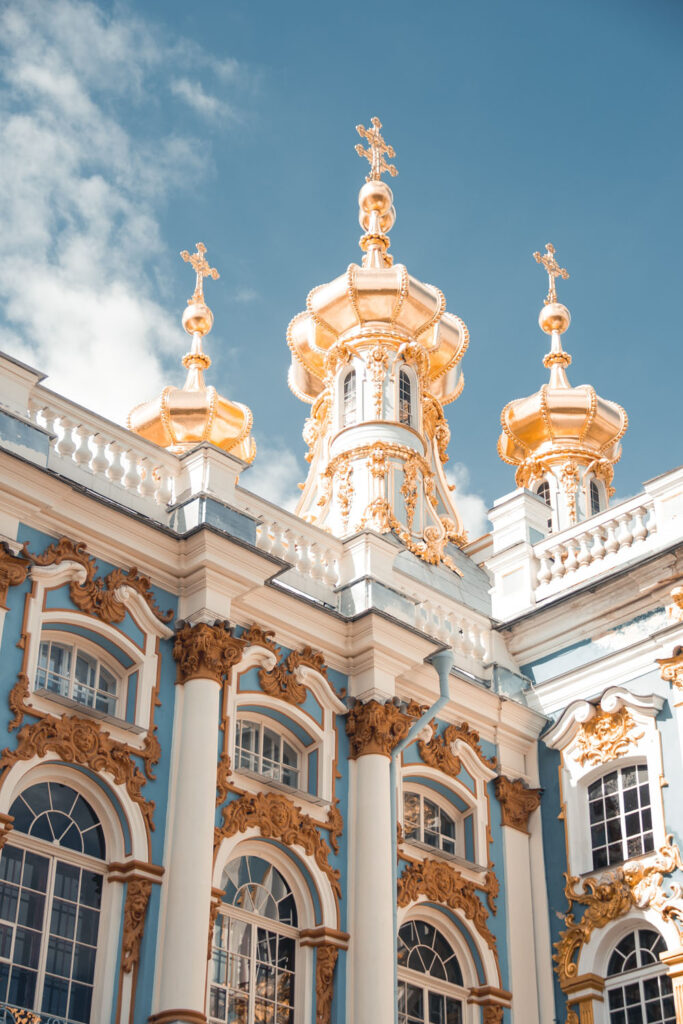
Schönbrunn Palace
Schönbrunn Palace was the primary summer residence of the Habsburg rulers, located in Hietzing, Vienna. The name Schönbrunn means “beautiful spring” as the palace was located beside a large freshwater reserve. The palace is perhaps best known for the 1,441 fantastical Baroque and Rococo interiors. The amazingly preserved nature of the palace has been deemed a UNESCO world heritage site. You can walk through the palace room by room through Google Arts and Culture virtual tour. To support the tour, you can go to the palace’s website to get more information on the history of each room. On the site, you can get details on the design of the interior and the incredible decorative arts which embellsih each of the incredible rooms.
If you would prefer a video tour, then you can watch the 4K video below. This video leads you throughout the exterior and interior of the palace. The beautiful classical music playing throughout provides an immersive experience. With the music surrounding you, one can better imagine what it would have been like to attend a lavish court ball in the palace.
Palace of Versailles
The Palace of Versailles was the main royal residents for the kings and queens of France since 1682. The palace was built under Louis XIV, who originally owned a small hunting lodge on the grounds. Over the years, he transformed the small lodge into this incredible chateau! Google Arts and Culture have set up an amazing set of stories, tours, photo galleries, and more to help visitors digitally experience the history and wonder that is Versaille.
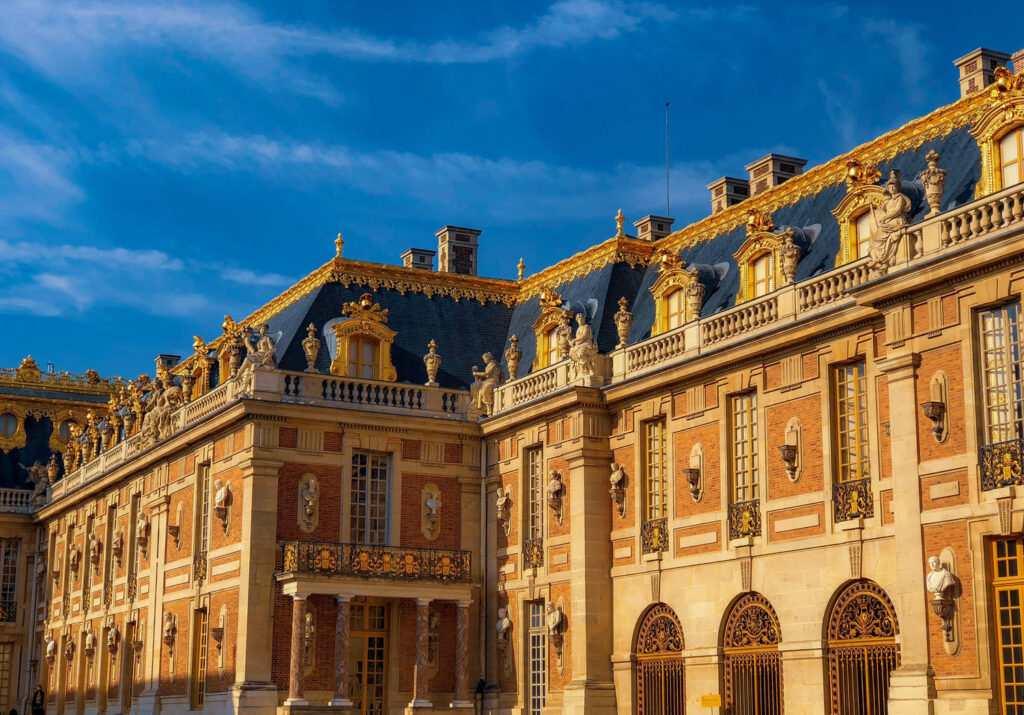
If you’re looking for something absolutely 21st century, then you need to check out “VersaillesVR The Palace is Yours.” On this app, Versaille has been captured in VR. This allows anyone with a VR headset to explore the palace in 360°. Everywhere you move your head, the camera follows like you are really there. You can see the King and Queen’s State Apartments, climb onto the stage in the Royal Opera House, discover the Hall of Mirrors, and walk right up to tapestries, paintings, sculptures and furniture! You can even switch to night mode to explore the palace by the light of the chimney fires.
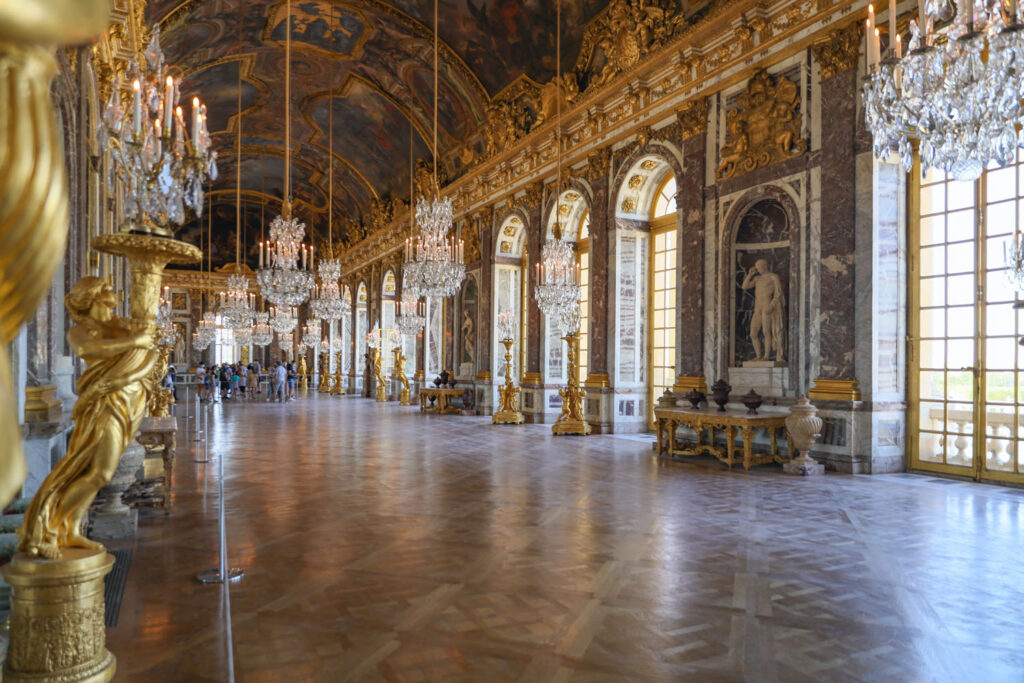
If you don’t own a VR headset, you can still explore the rooms in 360° using the website Poly. On this site, you can click on a variety of Versaille’s interior rooms and explore them in detail. There are even info icons that are clickable to see more information. From there you are able to learn all about the history of the rooms you’re exploring.
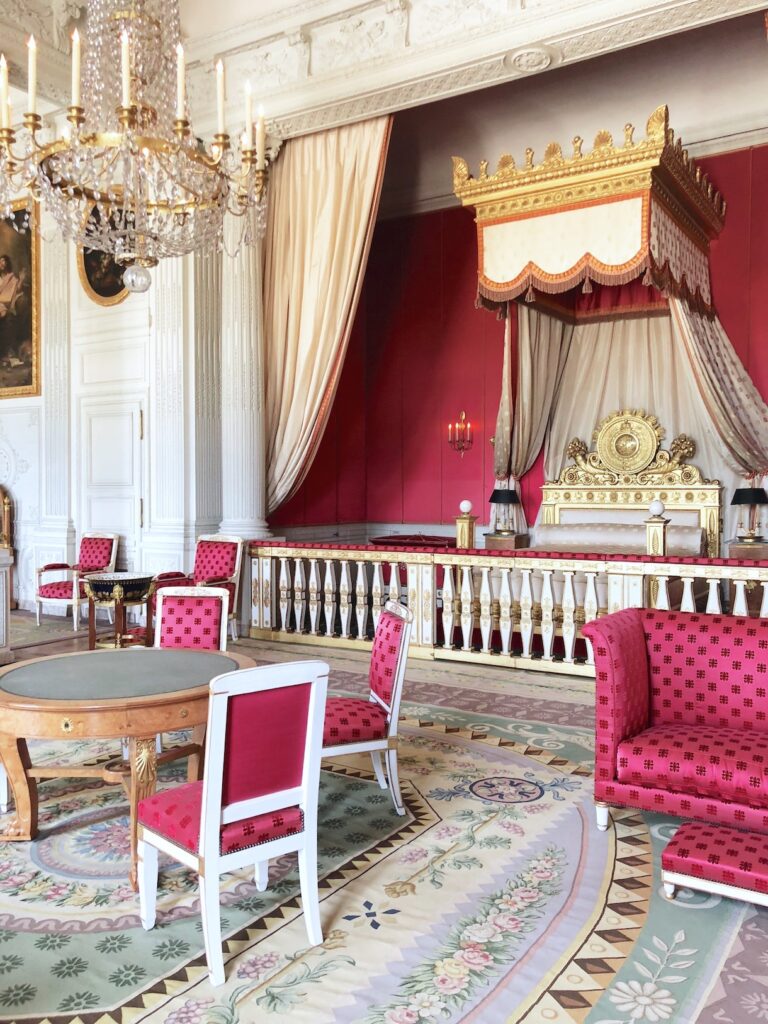
Buckingham Palace
Pretty much everyone has heard the name Buckingham Palace, but I’m guessing far fewer of you have been inside. Buckingham Palace, located in London, is the royal residence of the Kings and Queens of England. If you’ve been watching the Netflix series, ‘The Crown‘ you’ll be even more interested to learn and see the REAL interiors which the show tries its best to emulate.
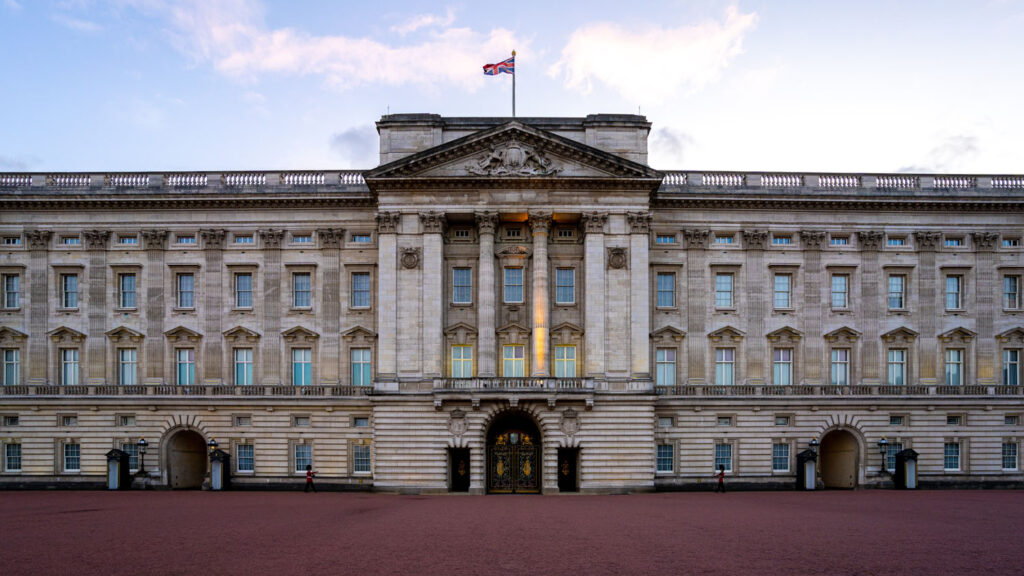
The palace is home to 775 rooms, the most lavish of which are the State Rooms. These are used for official and state entertaining. They are only open to the public during August and September. The reason for this is that the royal family spends their summers in Balmoral and are not in royal residence. Since the public has such a small window to view the rooms they remain a rare sight to see. But not anymore!
The Royal Collection Trust has created an online gallery and tour of the palace’s State Rooms. Some of the rooms can be explored in 360° so you can look all around you like you were really there! Throughout the scenes, you can click on the information icons to get more details about the space.
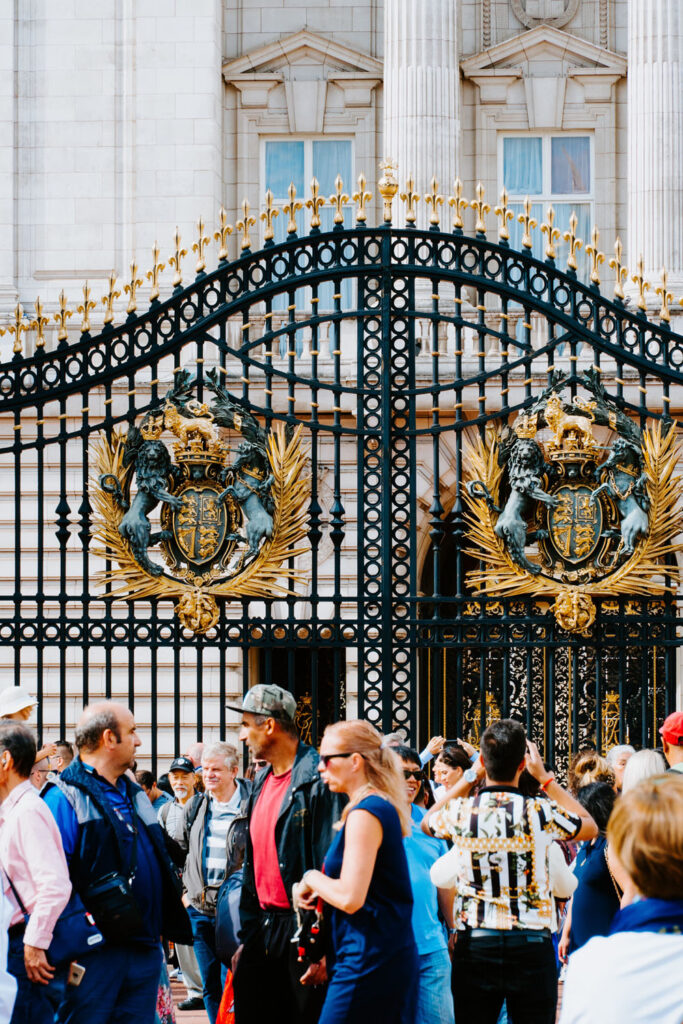
Doge’s Palace
Found in the fairytale city of Venice is the incredible Doge’s Palace. A Doge was the Venetian chief magistrate and the closest thing the city would get to have their own King. The palace was built as his residences in the center of Venice, right on St. Mark’s Square. It was originally built in 1340 but modified many times throughout the centuries. In 1923 it was transformed into a museum with some of the cities most precious works of art. Today, you can view the interiors of the palace through a Google Arts and Culture virtual tour. With this guide you can explore and learn all about the history of the building as well as walk through their masterful gothic interiors.
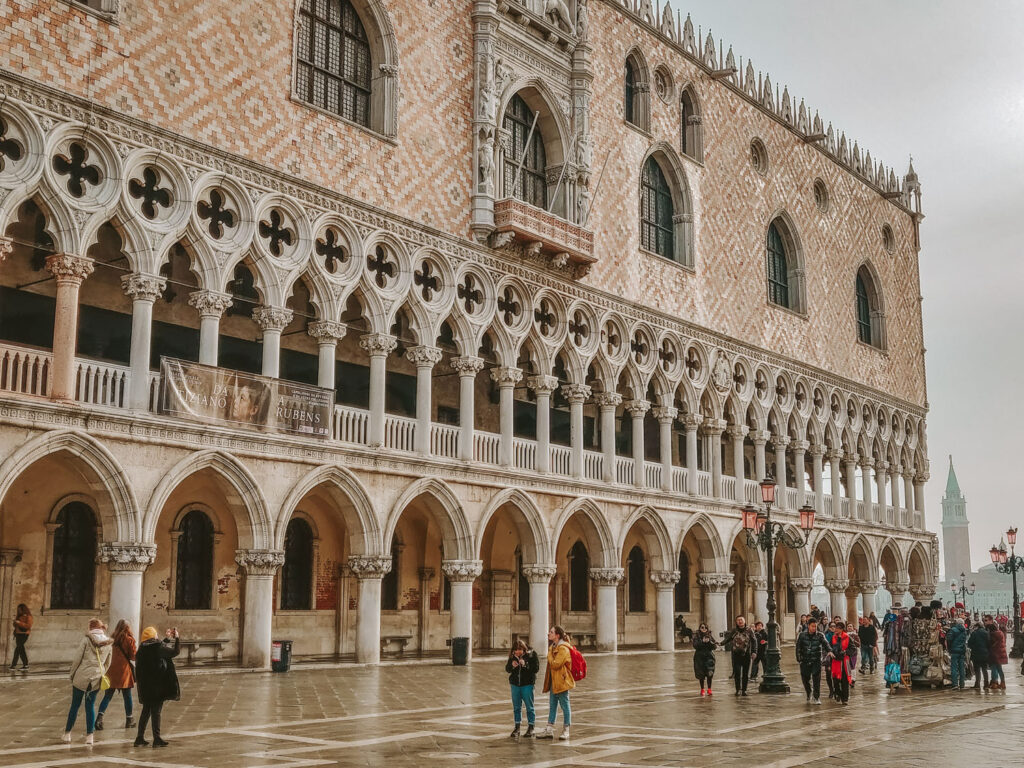
If you’re looking for a more complete tour of the palace, then head over to Musement for one of their guided virtual tours. With this tour, you can explore the Doge’s Palace along with a complete audio narration. To go along with the audio track are beautiful pictures of the building, as well as satellite and views of the palace and its surroundings. Through the power of storytelling, you’ll really feel like you’re there.
Pena Palace
I’ve been lucky enough to visit many different palaces throughout my travels. But my favourite of them all has got to be Pena Palace! Located outside of Lisbon, in the town of Sintra, Pena Palace is the ultimate in romantic castles. The palace was built atop the foundations of an old monastery. King Ferdinand took ownership of the land in 1838 and set out to transform the ruins into a fantastical summer residence for his family.
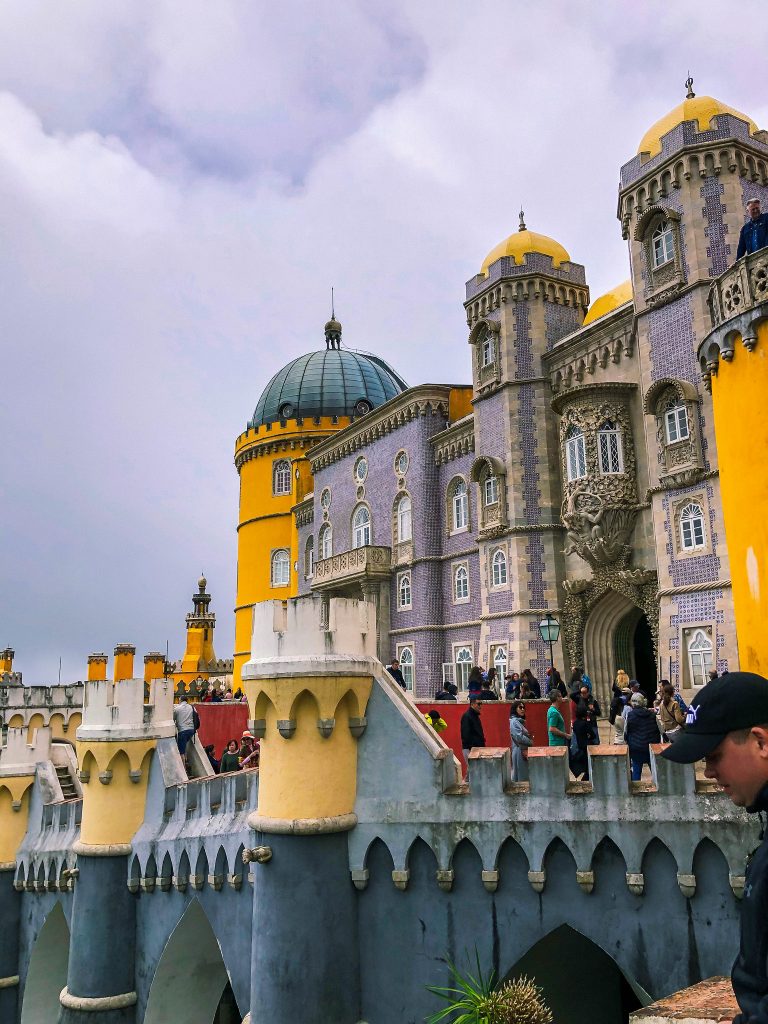
The bright red, yellow and purple-grey colours of the facade immediately made it so unique. The multicoloured Portuguese tile, Azulejo, add another magical touch that makes the palace such a visual draw. Today you can view the palace from high above as if you were flying over it in a helicopter. AirPano gives us a bird’s eye view over the top of this amazing palace. From up high you can study parts of the structure that you’d never be able to see otherwise.
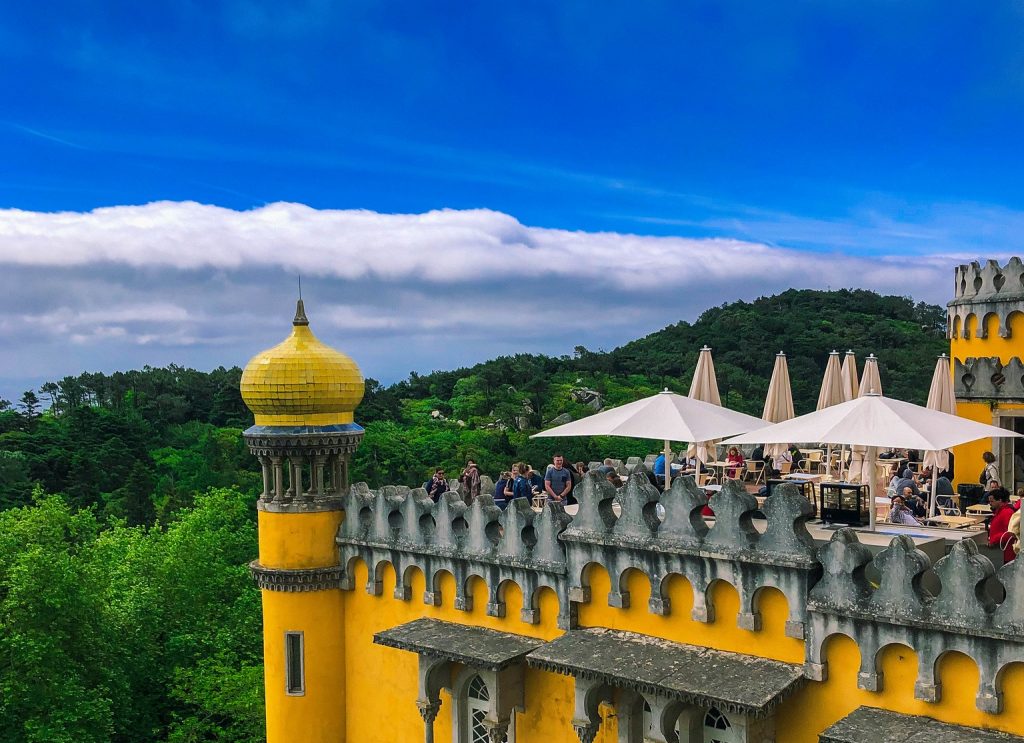
If you’re are looking for a more informative tour, you can check out my Ultimate Self Guided tour. I have so many pictures and a detailed account of my time there. While it was written as a guide for people visiting the site in person, with all the pictures and descriptions I think you’ll be able to imagine what it’s like to really be there.
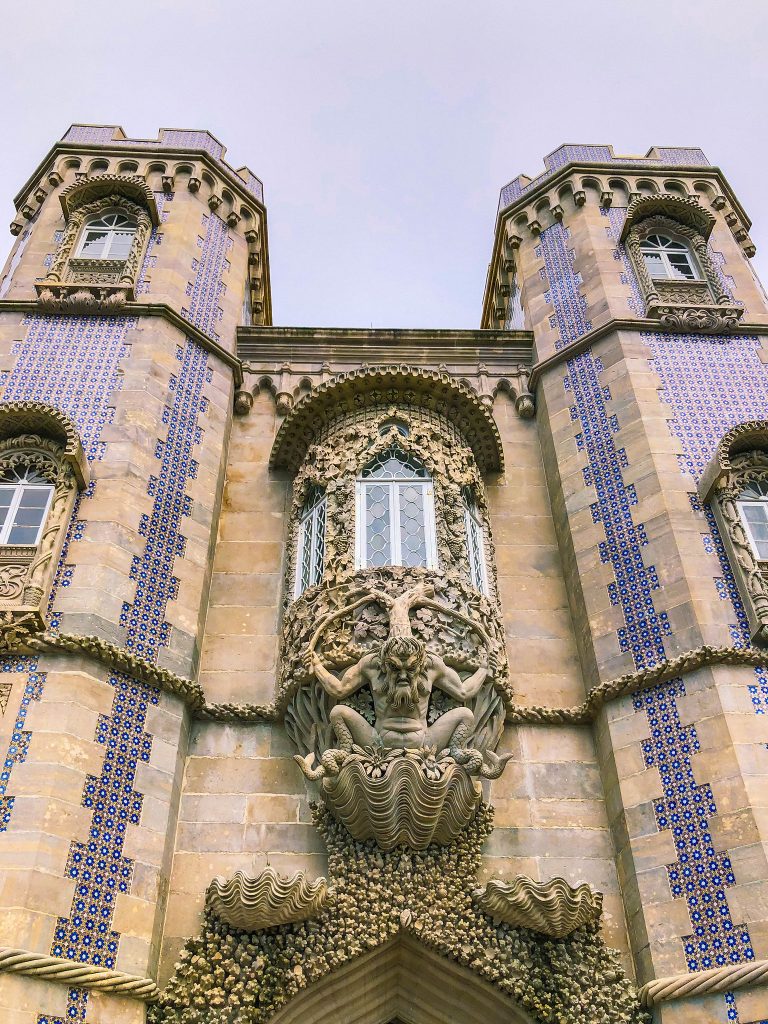
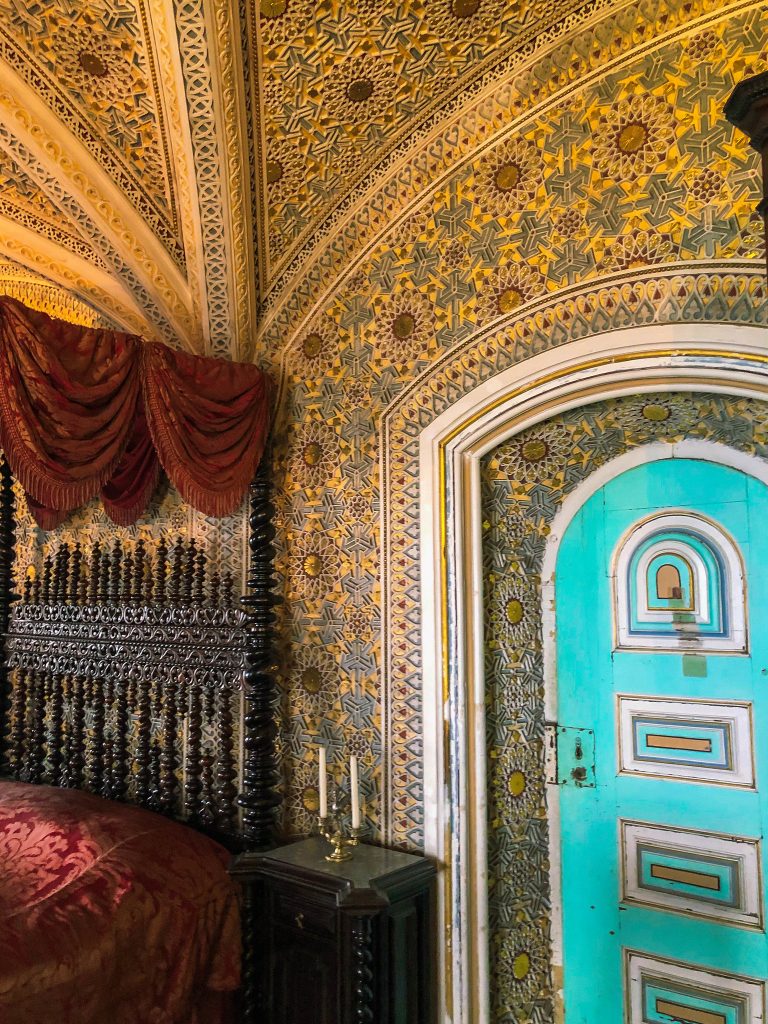
The Château of Chambord
The Château de Chambord is one of the great palaces of France. Built in the 16th century for Francis I, the place is located in the center of the stunning Loire Valley. The palace blends French Renaissance architecture with traditional medieval structures. The most iconic part of the castle is surely the 800 sculpted columns and elaborately decorated roof. Francis, wanted these columns to resemble the skyline of Constantinople. The Google Arts and Culture exhibit studies the history of the castle. It features a multitude of archaeological discoveries, which delves into the wonders of its construction. Seeing the palace in both photographs and architectural layouts allows you to appreciate the technical skill which was involved in creating such a masterpiece. And hundreds of years ago, without modern technology to boot!
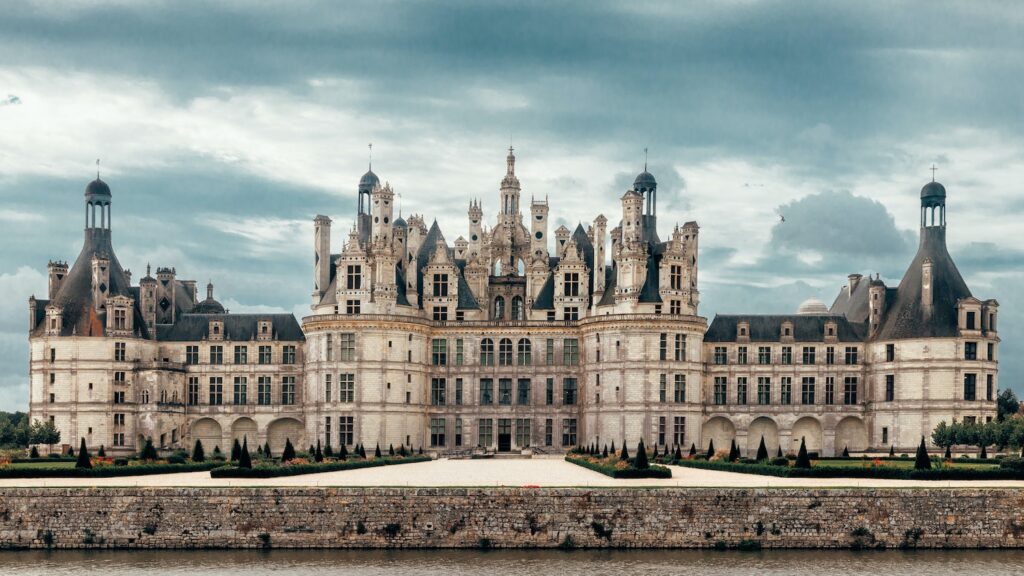
Once you’ve finished reading the article, you can head inside the castle and explore it virtually. My favourite part of this castle is all the intricately sculpted bits of stone decor. Near the grand staircase, you’ll find 200 finials and a patterned ceiling with a variety of characters, both mythological and religious, dotting the vaults. Looking down on you like little spies.
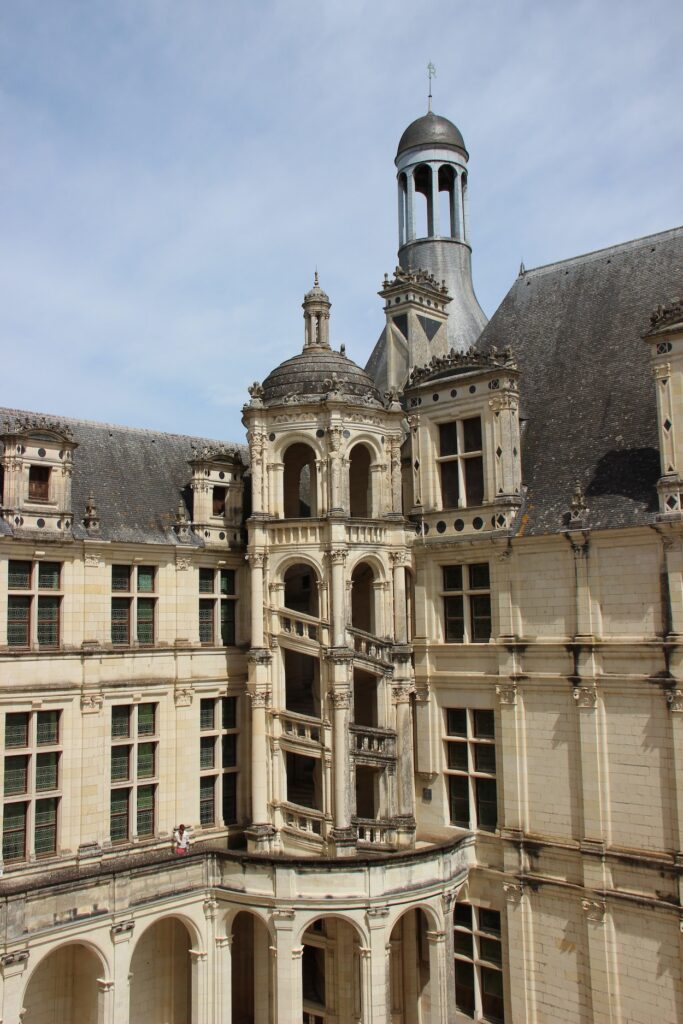
Bolsover Castle
Bolsover Castle, located in the small town of Bolsover in the English countryside, is known as the “little castle.” The name comes from the fact the main “castle” structure is surrounded by these large fortifications. The juxtaposition of the expansive courtyard and huge winged terrace makes the castle appear even smaller. The castle was built in the 17th century above the ruins of a 12th-century medieval castle. Today, it remains one of the best examples of Jacobean architecture. The palace was built as a retreat for banqueting and pleasure by William Cavendish, 1st Duke of Newcastle. While the castle might not strike you as anything special right away, its secrets are hidden inside. William was obsessed with creating puzzles to flatter and amuse his guests. The Google Arts and Culture exhibit aims to help you unravel the mysteries inside Bolsover’s Little Castle.
Neuschwanstein Castle
To view the interiors of the palace, you can head over to their official website. From there you can follow along with their visual tour. It’s amazing to see the level of decoration and detail which went into the castle. So many aspects of the castle look more like a Byzantine church than a castle. My favourite room of the palace has got to be the ‘Singers’ Hall.’ This was also the King’s favourite room in the entire palace. It occupies the whole of the fourth floor. The room’s design pays homage to the German legends of Lohengrin, the Swan Knight. Look closely for little swan icons hidden in the frescoes.
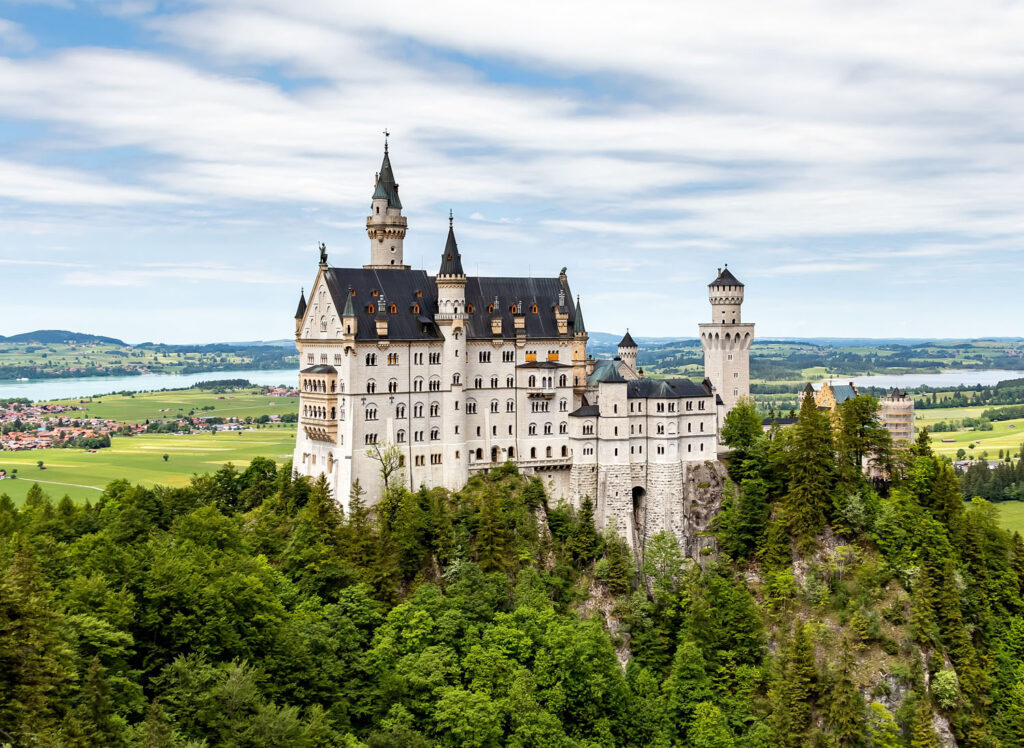
Bran Castle
Bran Castle, located on the Transylvanian side of Romania, is better known by the public as “Dracula’s Castle”. While there is no evidence, Bram Stocker even visited the castle, and the castle itself bears no resemblance to the one in the book, the legend remains. Perhaps the main reason for the connection is due to its revelance to Vlad the Impaler. Vlad was the true to life inspiration for the character of Dracula. Vlad III or Vlad the Impaler was the ruler of Wallachia from 1448 to 1476. His legendary name comes from the fact that Vlad had the bodies of his enemies impaled on large spikes to ward off invading Ottomans and Hungarian. His rule was rutheless and he would punish his enermies as well as his citizens just a brutally.
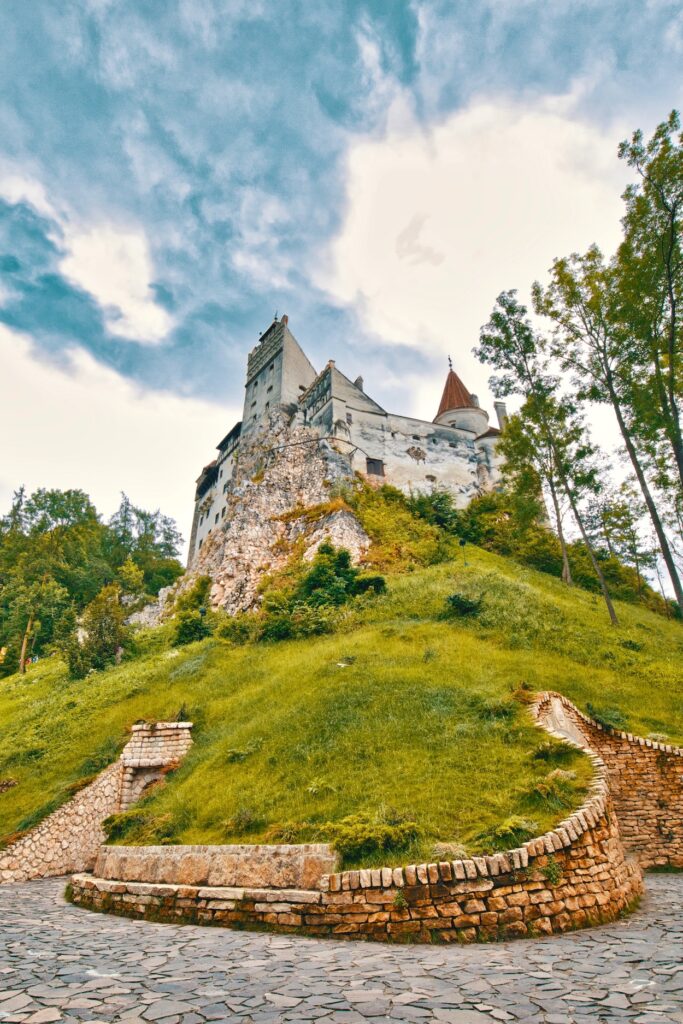
While Vlad never owned Castle Bran, there are rumours that he was once imprisoned there after his capture by the Hungarians. Historical records show that he was imprisoned in Budapest. But since the castle is so foreboding and dramatic, it was colloquially referred to as his prison.

Today the castle is now a museum playing host to objects and furniture collected by Queen Marie, the last Queen of Romania. You are able to explore the exterior and interiors of the building through google street view. While the Romanian castle might not be as opulent and grand as others around Europe, I think seeing this kind of art and architecture is such an important and interesting contrast.
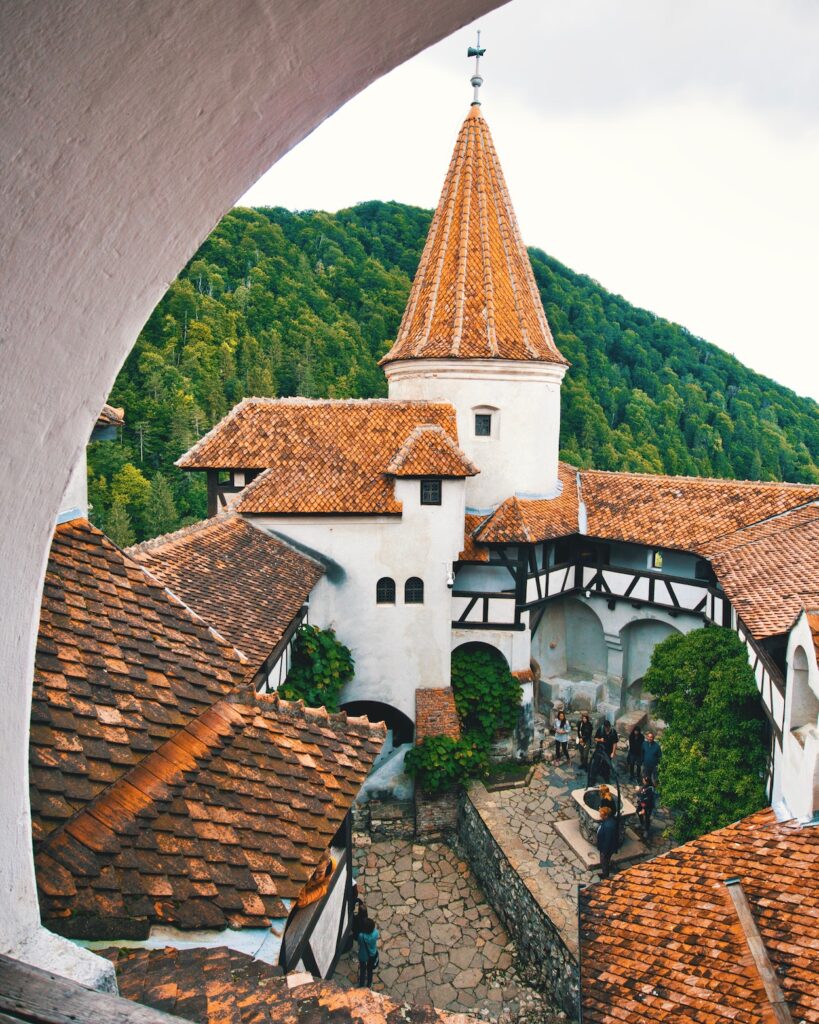
The castle’s official website also offers visitors video tours of the castle. I especially love the video filmed of the Castle during a winter snowfall. It looks both so picturesque and haunting at the same time in the chill of winter. There is also a complete castle gallery to get a better look into the furnishing and art inside the palace.
Taj Mahal
The Taj Mahal also called the ‘Crown of the Palace‘ was commissioned in 1632 by emperor Shah Jahan. He had the palace made as a tomb for his beloved wife, Mumtaz Mahal. And when he died, he was buried there as well, with his true love. It’s fascinating to know that one of the most beautiful structures in the world is actually a giant tomb. The ivory-white marble mausoleum sits on the southern bank of the river Yamuna in the Indian city of Agra. Today it is one of the 10 “Man-Made Wonders of the World“. The Google Arts and Culture exhibit, ‘Four Secret Spots at the Taj Mahal,’ takes you a street view tour of the lesser-known corners of India’s most iconic structure. There are so many discoveries I made looking through this virtual guide and I loved learning about those otherwise unknown secrets.

Miramare Castle
Miramare Castle is one of the great Italian castles. Built in the 19th-century on the Gulf of Trieste, the castle was made for Austrian Archduke Ferdinand Maximilian and his wife, Charlotte of Belgium, who would go on to become Empress Carlota of Mexico. The interiors of the castle have been captured in 360, and you can walk the halls of the palace yourself!
To view the exteriors of the castle, there are some great videos online which make you feel like you’re really there! The castle’s grounds were designed by the archduke himself. They include some incredible landscaping featuring tropical species of trees and plants. The videos just make you want to jump right into that blue water that surrounds the castle.
Chapultepec Castle
A perfect segway from Miramare Castle is over to Mexico to Chapultepec Castle. This was Charlotte of Belgium’s residence when she became Empress Carlota of Mexico. I was amazed upon visiting the castle that such a thing existed in the modern metropolis of downtown Mexico City. Chapultepec Castle’s name comes from the Nahuatl word” chapoltepēc”, which means “at the grasshopper’s hill.” The hillside was for hundreds of years a sacred place for the Aztecs. In the 18th century, before the palace was built, the hillside was home to a gunpowder warehouse and military academy. Then in 1864, it became the official residence of Emperor Maximilian I and his consort Empress Carlota.
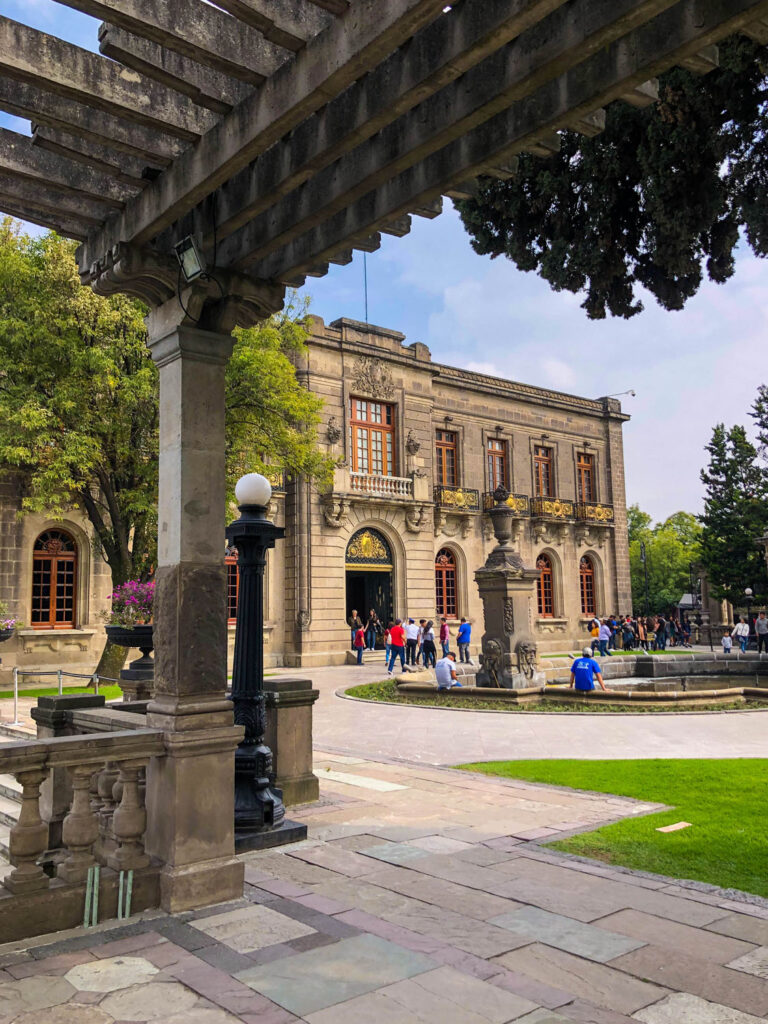
Carlota went to great care and expensive to remodel the palace into a luxurious residence. It was used as an official residence of the President of Mexico from 1883 until 1939. After which it was turned into a museum. My blog all about my visit to the castle is a highly detailed summary of all the wonders you’ll find there. YouVisit also has a wonderful virtual tour you can take to view parts of the palace in 360 degrees!

Catherine Palace
The Catherine Palace is a Rococo palace in Tsarskoye Selo just outside St. Petersburg, Russia. This was the summer residence of the Russian tsars, built in 1710 by Peter the Great for his wife Catherine I. The original palace for Catherine was only 16 rooms large, a fraction of the size it is now. When Catherine the first died, the palace was inherited by her daughter Elizabeth I. Elizabeth took upon expanding the palace into the grand structure it is today. Although none of the original rooms from Catherine’s time remain, her daughter loved her so much she always wanted it to be named after her.
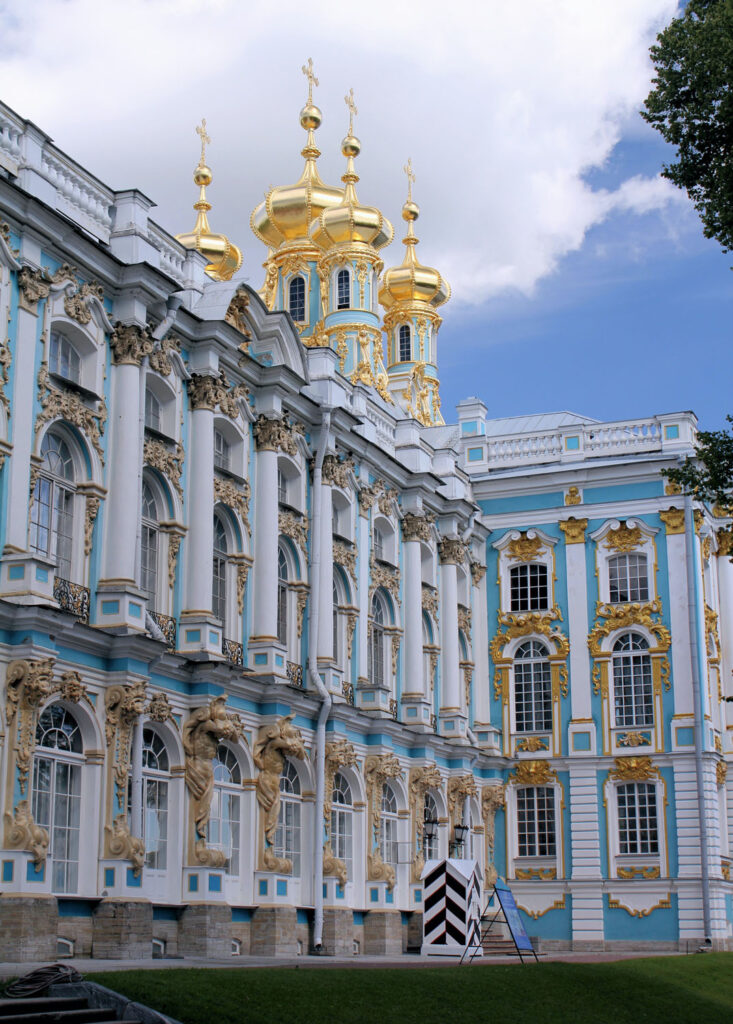
In this 45-minute video tour, you are lead through the palace by guide Nadezhda Mironenko. You can see the details that architect Rastrelli took such great care in creating. He was a baroque visionary and took such great care in ensuring the palace was the gem of the baroque age. You’ll visit the Grand Hall, the Golden Suite and the Amber Room (the so-called eighth wonder of the world). The Amber Room is a chamber covered floor to ceiling in amber panels, backed with gold leaf and shimmering mirrors. The interior is absolutely overwhelming, and even though you can’t be there in person, you can still be in awe of the spectacle in front of you.
Matsumoto Castle
Matsumoto Castle is one of Japan’s best-preserved historic castles. It is located in the city of Matsumoto, in Nagano Prefecture. The castle also goes by the nickname “Crow Castle” because of its black exterior. Because the original wooden interiors and external stonework remain from the 16th century, it has been listed as a National Treasure of Japan. The Discovery Makes Knowledge youtube channel has a lovely video guide that leads you through the castle. Throughout the video, you get a great understanding of the history and meaning behind so many aspects of the palace.
After getting a primer with the video, head over to the Palace’s official website to get extremely detailed explanations about everything around the castle. You can use google street view to walk the castle’s ground and follow along with the website’s guide.
Lobkowicz Palace
The Lobkowicz Palace is one of the largest palaces inside Prague Castle. It was built in the 16th century by the Czech nobleman Jaroslav of Pernštejn. For many years, their doors remained closed to the public, used only by the palace’s residents. But in 2007, the building was transformed into a museum. Inside it features a great collection of artworks and decorative items from the Lobkowicz Collection. You’ll find paintings by Antonio Canaletto, Pieter Brueghel the Elder, Lucas Cranach the Elder, and Diego Velázquez hung on the walls. You can also see musical instruments, original manuscripts and early prints of composers, including Beethoven and Mozart.
One of my favourite Czech youtube channels, The Honest Guide, produced this fantastic exclusive video during the height of lockdown in Prague. Lobkowicz Palace is a privately owned building and the channel was given private access to tour their collection. Since Prague was in lockdown there were no public visitors so they had the whole place to themselves.
Start the video about 12 minutes in to begin right as they enter the museum. What makes the tour so interesting is that the guide is actually a descendant of the family who owns the palace! His stories and selection of favourite pieces inside the museum really make it feel more intimate and personal experience. They had some technical difficulties with the sound but stick with it as the information you get is fantastic!
I hope you enjoyed this guide of my favourite palaces around the world you can still visit online! In one day you’ll be able to travel across the globe and see some of the most opulent and ornate state rooms and royal galleries! Let me know in the comment what your favourite palace was or where you would like to visit virtually!
Happy (virtual) Travels, Adventurers!
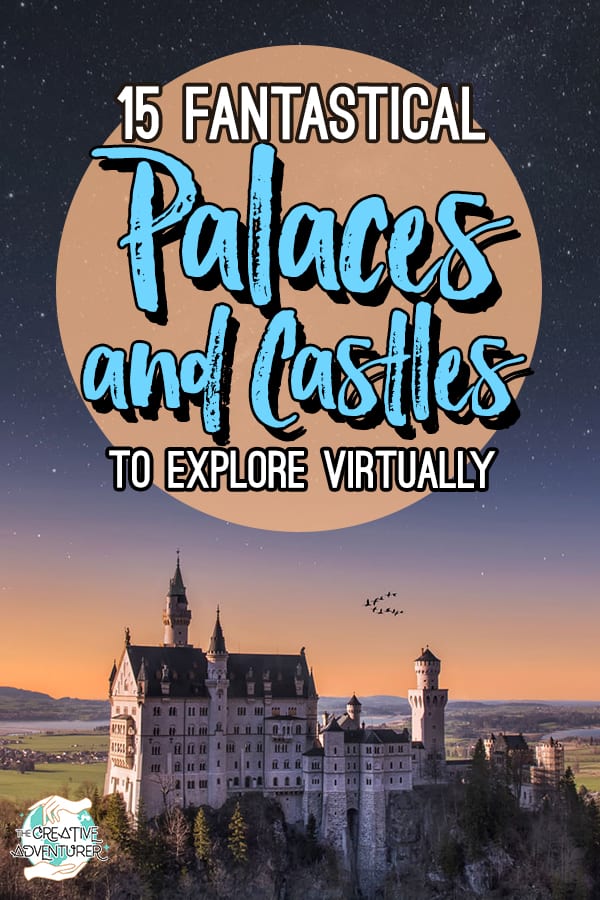
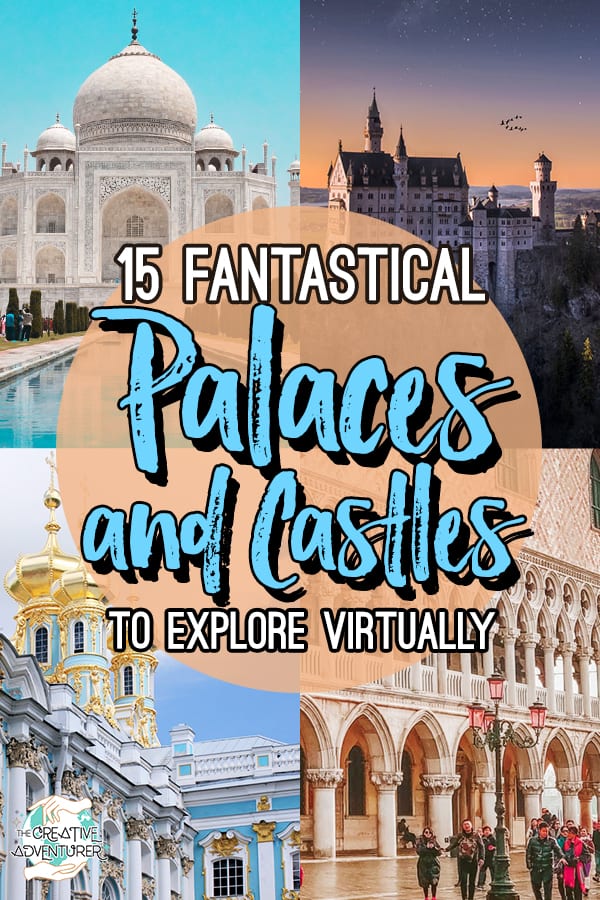
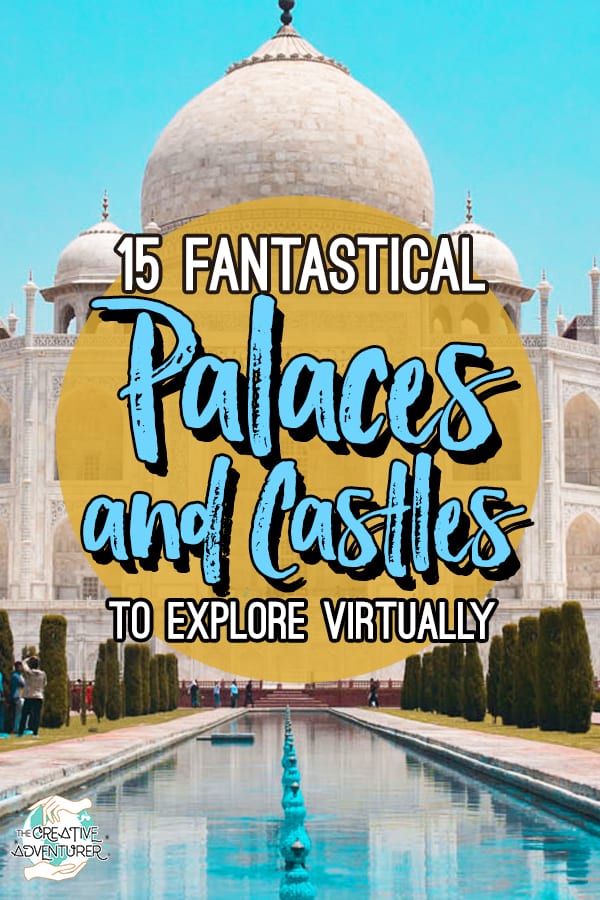
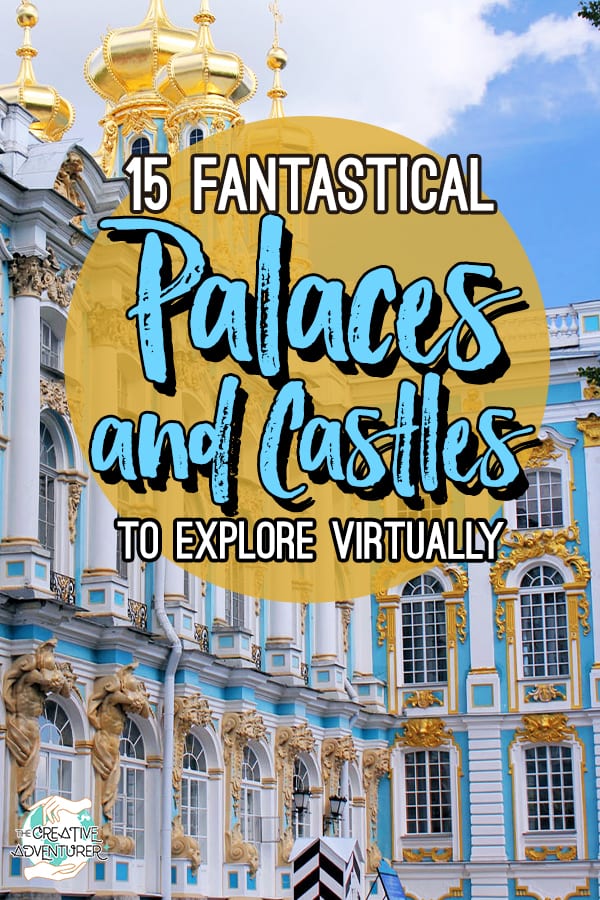




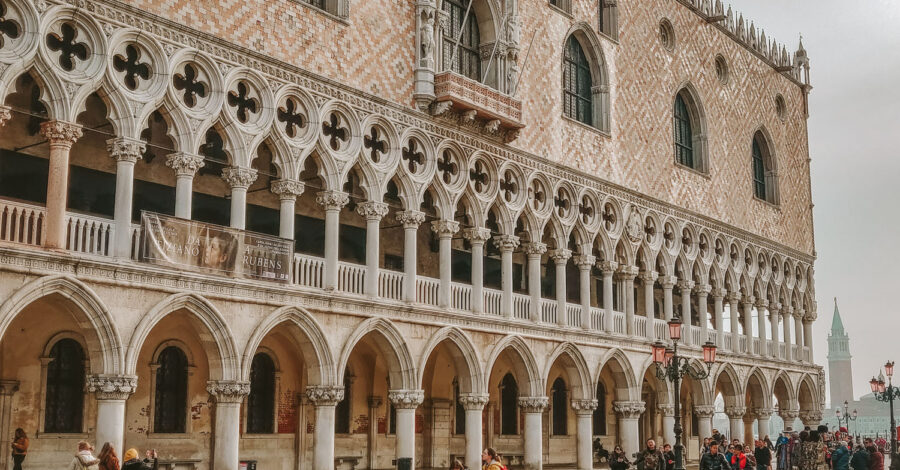
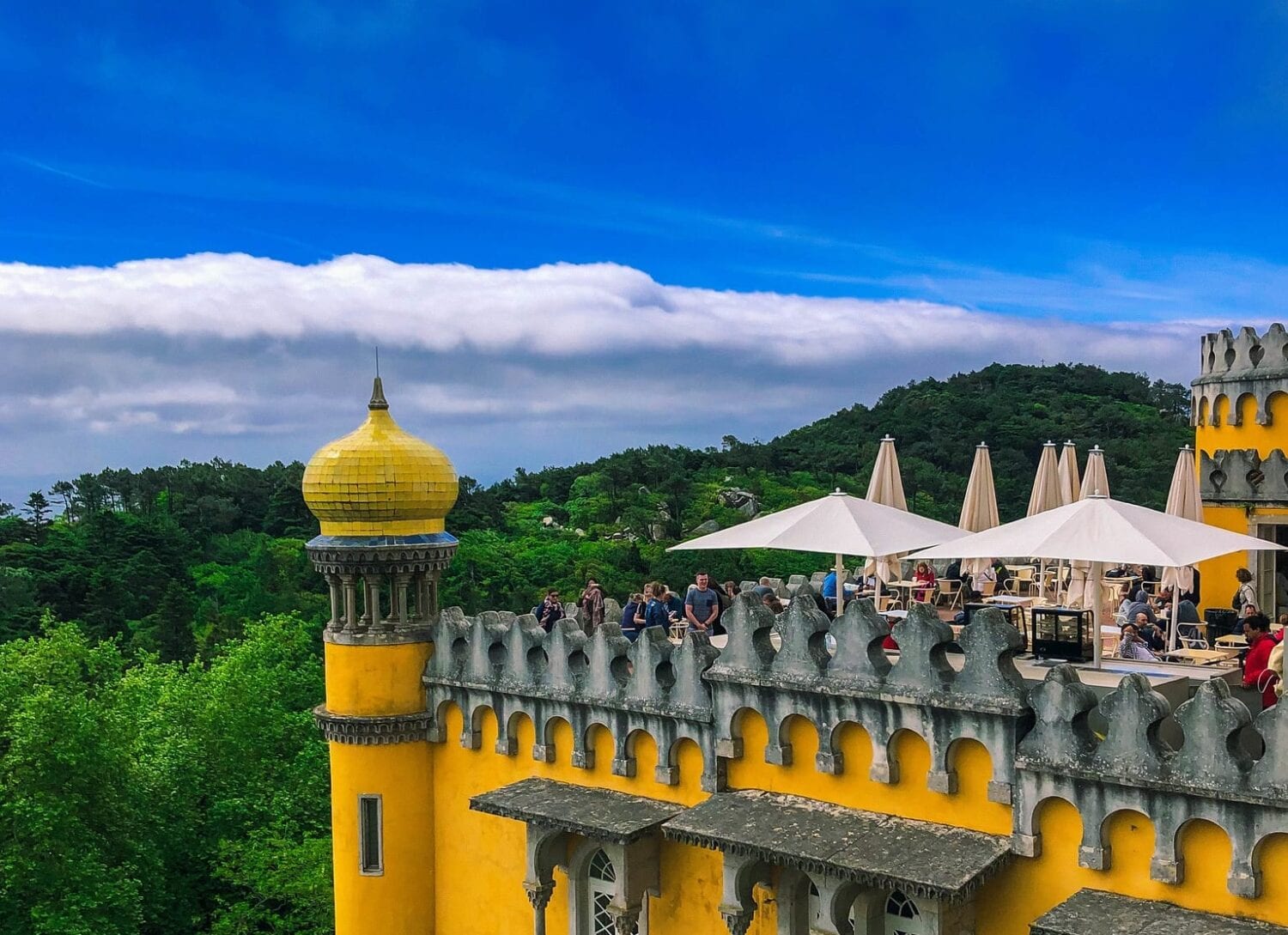
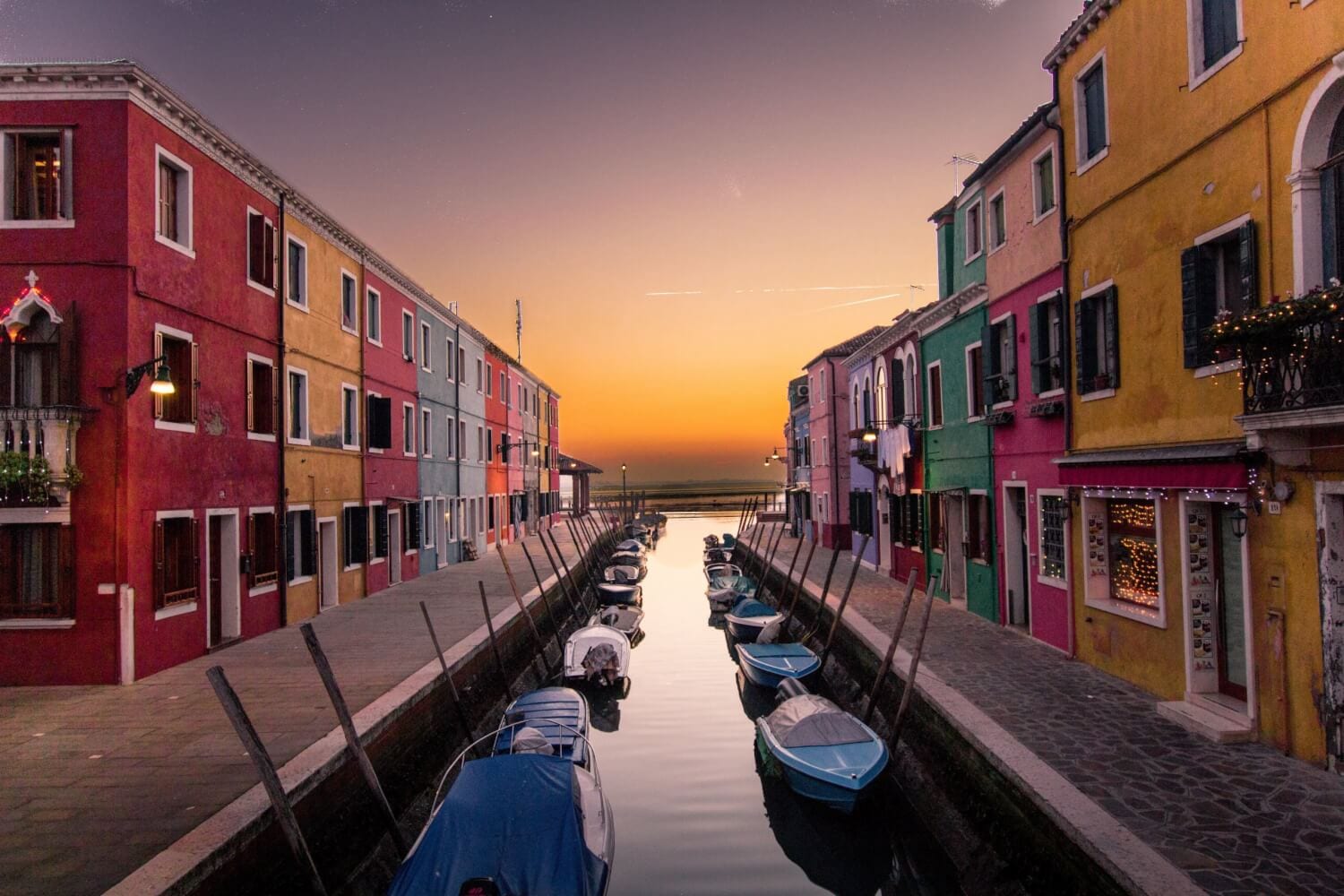
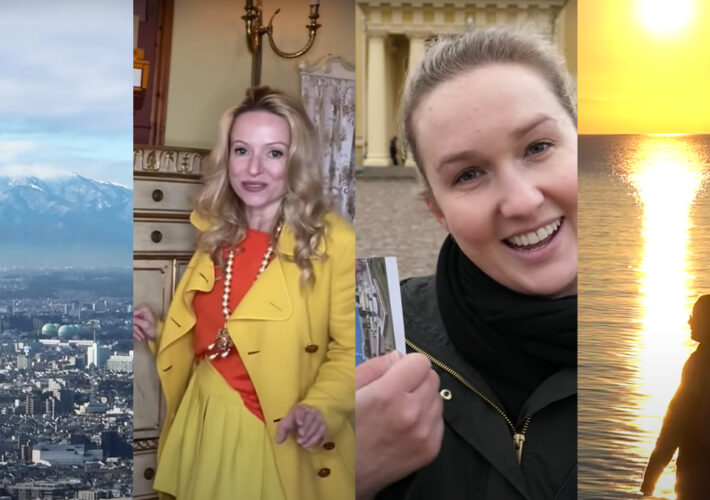
Leave a Comment